#black history 2023
Text
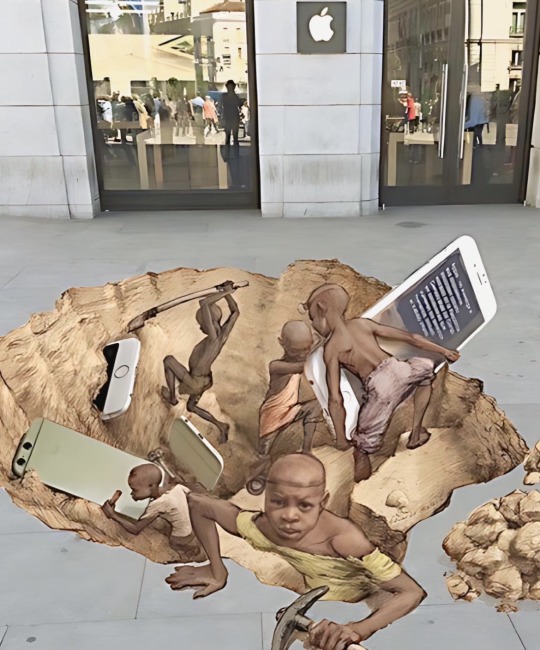
Congo is silently going through a silent genocide. Millions of people are being killed so that the western world can benefit from its natural resources.
More than 60% of the world's cobalt reserves are found in Congo, used in the production of smartphones.
Western countries are providing financial military aid to invade regions filled with reserves and in the process millions are getting killed and millions homeless.
Multinational mining companies are enslaving people especially children to mine.
•••
La República Democrática del Congo vive un genocidio silencioso. Millones de personas están siendo asesinadas para que la parte occidental del mundo pueda beneficiarse de sus recursos naturales.
Más del 60% de las reservas mundiales de cobalto se encuentran en el Congo, y se utiliza en la producción de teléfonos inteligentes.
Los países occidentales están proporcionando asistencia financiera militar para invadir regiones llenas de reservas y en el proceso millones de personas mueren y millones se quedan sin hogar.
Las empresas mineras multinacionales están esclavizando a la gente, especialmente a los niños, para trabajar en las minas.
Street Art and Photo by Artist Eduardo Relero
(https://eduardorelero.com)
#blacklivesmatter#blacklivesalwaysmatter#english#spanish#blackhistory#history#share#blackhistorymonth#blackpeoplematter#black history matters#black history 2023#black history is everybody's history#historyfacts#black history is world history#black history is american history#african history#black history#black history month#modern slavery#knowyourhistory#congo genocide#dr congo#blackbloggers#like#blackhistoryyear#follow#cobalt#blackownedandoperated#culture#art
11K notes
·
View notes
Text
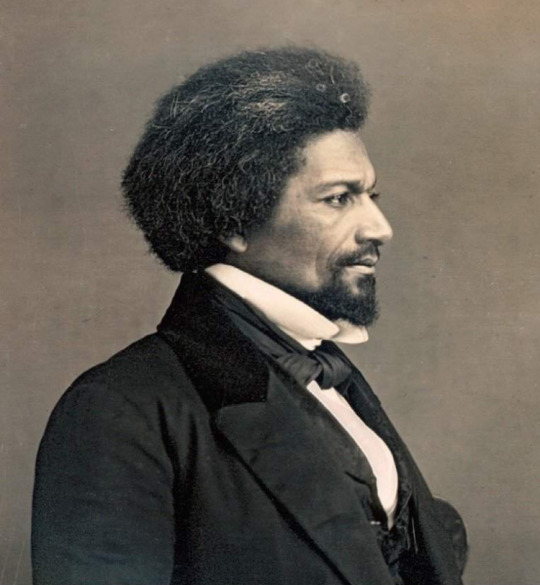
Frederick Douglass is my hero man!
#afrofuturism#black art#black entrepreneurship#marketing#black excellence#entrepreneur#businessgoals#graphic design#black history 2023#motivating quotes#blackout#black history matters
35 notes
·
View notes
Text
Black History Month 2023 - February 6

How the Word Is Passed: A Reckoning With the History of Slavery Across America - Clint Smith
3 notes
·
View notes
Text

This will NOT be my day today
I ain't answering shit you can find on Google. I am not your research assistant.
#black history is world history#black history facts#black history#celebrating black history#black history is american history#black history matters#detroit black history#black history 365#black history month#black history 2023#google is free
6 notes
·
View notes
Text

The REAL history of Uncle Tom. What too many Black people know about him, I’d what the white man told you!
Read history books not social media
#Black history#african american#black community#juneteenth#african american history#civil rights#black history 365#black history matters#black history is american history#black history is world history#black history 2023#black history month#heartbreaking 💔#black lives matter#important#tw: discrimination#true crime#topic: discrimination#tw: oppression#youtube#topic: oppression#blm#blue lives don't matter#blue lives dont exist#black lives movement#black lives have always mattered#black lives are important#black lives fucking matter#blue lives matter#stop police brutality
1 note
·
View note
Text
Black History

1 note
·
View note
Text
I got a piece of black history for you, regarding a really skilled artist, sculptor, and one of the first black women to attend college! (All information comes from Wikipedia, AmericanArt.si.edu, and ArtStory.org) More under the cut!!!

This Mary Edmonia Lewis, 1844-1907. During her childhood, she sold items, such as baskets, moccasins, and blouses, with her aunts and half brother to make money. At this time, she went by her Native American name, Wildfire. When she was 12-13 years old, she went to a pre-college program, but left after 2-3 years because people said she was "wild." She had good grades in the school, all classes of which were Latin, French, Grammar, Arithmetic, Drawing, Composition, and Declamation. She was 15 years old when she attended another school for 3 years, and at 18 attended college. She was victim to racism and discrimination on a daily.
One day, she gave her friends wine that made them really sick (they recovered properly however) and while walking home, multiple people beat her near to death, left her in a field to die(she didn't) and she was arrested for poisoning her friends. The first black lawyer in Ohio represented her, and all charges against her were dropped. By the way, there was no evidence of her friends being poisoned, as their stomach contents weren't investigated or analyzed.
The rest of the time she spent in the college was poor. She was treated poorly and accused of crimes that also, had no evidence. She wasn't able to graduate from the college as she wasn't allowed to register for her last term, and she had enough of the mistreatment and left.
Only in 2022, over 100 years after she died, did the college give her a degree. The mistreatment of the people, the college, and the fact that literally 100 years had passed since she died did she ever receive the degree she deserved.
After college she moved onto pursue her art career! Some of these she made when she was only in her 20s to 30s. Here are some of my favorite pieces of hers.
The Death of Cleopatra
This, as said in the title, depicts the death of cleopatra. Honestly this is so beautiful, and the folds in the clothes are so amazing. What I love most about this is that with how the fabric falls you can literally tell that it's a thin fabric, not thick. You can tell the texture of the fabric had this not been a sculpture but a real picture. That I find is really so cool and awesome, I can't express how much I love how awesome that is.

(Unknown Title)
I really just love how simple and lovely this is :). Nothing much to be said, just compassion.

Forever Free
Was made after the Emancipation Proclamation, where all slaves were to be set free, forever. Put your attention towards the raised hand with a broken chain. This piece tells so much! I love it a lot, especially the symbolism of the broken chain. Also you may think the woman to the left (from viewers perspective) is a white woman, but Lewis actually did this on purpose. The woman is black, and is portrayed as she is to represent the societal norm that was pushed on women back then, especially women of color, to be submissive and pure.

Old Arrow Maker
This depicts a Native American father teaching his daughter how to make an arrow! My favorite part about this is the texturing in the clothes.
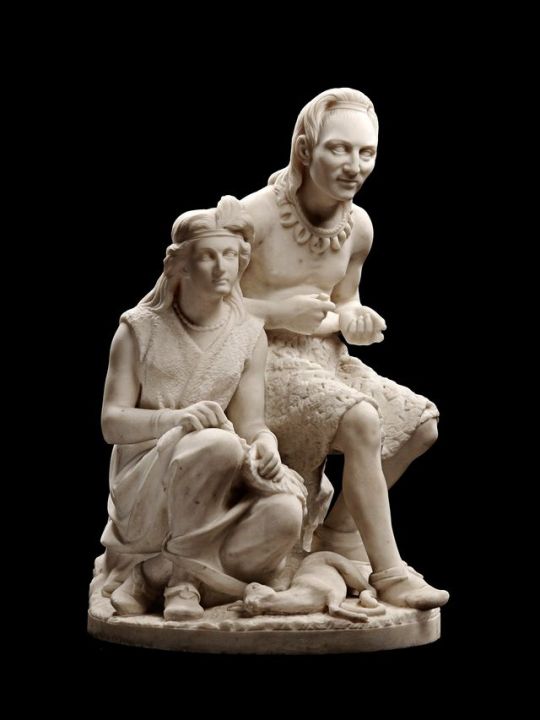
From an artist's perspective my favorite part about these sculptures is the gesture/poses of the people in these pieces, and how well the clothes folds are sculpted. As a 2D artist, making proper poses is already difficult, but adding emotion and humanity to them is even more difficult. I can't imagine the skill, time, and patience it took Lewis to make these.
And that's all I have to say! Honestly as someone who's always wanted to be a sculptor (but just doesn't have the time, skill, materials, or patience) I find Mary Edmonia Lewis to be a big inspiration. Her sculptures are so beautiful and lovely, they're really just super awesome. If any of the info in this post is invalid or incorrect, please let me know so I can correct it!!!!
#black history#black history month#black history matters#mary edmonia lewis#edmonia lewis#black history is world history#black history 2023
0 notes
Text
youtube
Well..., it's the month of February.😬 Celebrate it how you want And the way you want. PS don't get too caught up in the hype 😬🤧🤣🥰
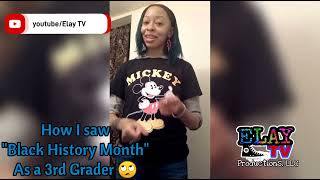
#elaytv#elay#entertainment#youtube#black history month#black history 2023#childhood memories#childhood memory unlocked#youtube video
0 notes
Text
omg my teacher is making us write about a lesbian (audre lorde... does my teacher know????)
1 note
·
View note
Text

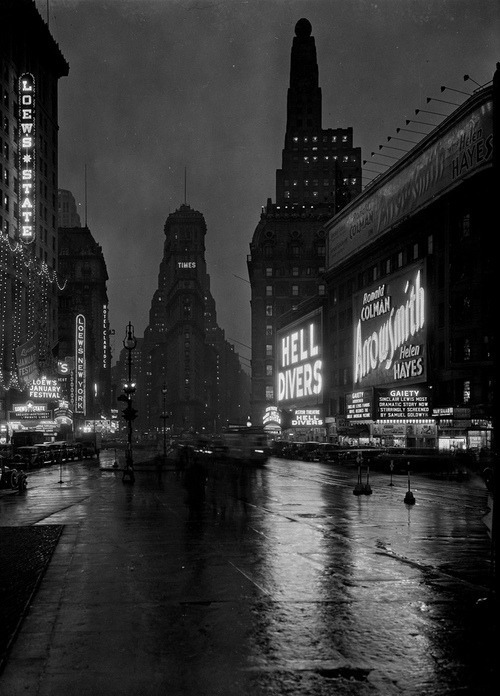



Top 10 2023. 1/2
1 - HW Fincham. A bookshop in Bloomsbury, London. 1920s. 2 - Samuel H Gottscho. Times Square at dusk, looking south from 47th Street. 1932. 3 - National Geographic, Flatiron Building, New York. W.W. Rock. 1918. 4 - Fabrizio La Torre. On Broadway, near Trinity Church, New York, 1955. 5 - Gen Ōtsuka
#top 10#2023#black and white#photography#vintage#art#history#black and white#black and white photography#vintage photography#street photography
964 notes
·
View notes
Text
The Horrors of Lynching: Photographs and Postcards
Note to readers: This post contains graphic and disturbing images.
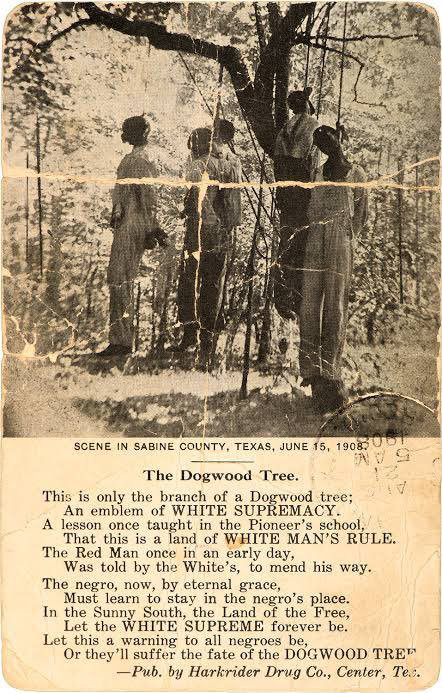
During the late 19th and early 20th century, thousands of photographs and postcards of Black Americans killed by white mobs in racist terror lynchings were collected, traded and sent through the U.S. postal service.
The postcards and photographs, depicting gruesome images of the bodies of Black men, women and children who had been tied to trees, mutilated, tortured, shot and burned alive by white mobs, were often distributed as souvenirs and saved as mementos in family albums and stored away in attics for safekeeping.
The lynching photographs often captured the bodies of the murdered Black Americans and the hundreds of white people — including children — who gathered to witness the public spectacle of lynchings. According to historians, in more than half of these photos and postcards, white people were shown smiling and celebrating the spectacles.
WHITE PEOPLE MONETIZED THE MURDER OF BLACK PEOPLE
Lynching photographs and postcards were shrewdly distributed — often for profit — across communities by hand and through the U.S. mail. They were often sold for as little as a quarter, which would be worth about $3.46 today.
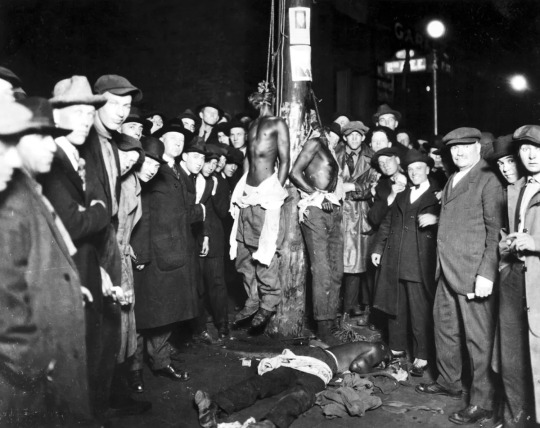
Source: wordinblack.com
Translated by Long Live Blackness by Shaneyra Thompson
•••
Los horrores de los linchamientos: fotografías y postales
Nota para los lectores: Esta publicación contiene imágenes gráficas e inquietantes.
Descripción de primera imagen: [Cinco afroamericanos fueron colgados de un cornejo en el condado de Sabine, Texas, en 1908 como "una advertencia para todos los negros".]
Traducción de la postal:
Esta es sólo la rama de un árbol de Cornejo;
Un emblema de la SUPREMACIA BLANCA.
Una lección que una vez se enseñó en la escuela de los Pioneros:
que esta es una tierra de GOBIERNO DEL HOMBRE BLANCO.
Una vez, temprano en la mañana, los blancos le dijeron al Hombre Rojo que enmendara su camino.
El negro, ahora, por gracia eterna, debe aprender a permanecer en el lugar del negro.
En el Soleado Sur, la Tierra de los Libres, que la SUPREMACÍA BLANCA sea para siempre.
Que esto sea una advertencia para todos los negros, o sufrirán el destino del árbol de Cornejo.
A finales del siglo XIX y principios del siglo XX, se recopilaron, comercializaron y enviaron a través del servicio postal de Estados Unidos miles de fotografías y postales de estadounidenses negros asesinados por turbas blancas en linchamientos terroristas racistas.
Las postales y fotografías, que mostraban imágenes espantosas de los cuerpos de hombres, mujeres y niños negros que habían sido atados a árboles, mutilados, torturados, fusilados y quemados vivos por turbas blancas, a menudo se distribuían como souvenirs y se guardaban como recuerdos en álbumes familiares.
Las fotografías de los linchamientos a menudo capturaban los cuerpos de los estadounidenses negros asesinados y los cientos de personas blancas (incluyendo niños) que se reunían para presenciar el espectáculo público de los linchamientos. Según los historiadores, en más de la mitad de estas fotografías y postales, se mostraba a personas blancas sonriendo y celebrando los espectáculos.
LOS BLANCOS MONETIZARON EL ASESINATO DE LOS NEGROS
Se distribuyeron astutamente fotografías y postales de linchamientos (a menudo con fines de lucro) entre las comunidades, en mano y por correo postal. A menudo se vendían por tan solo veinticinco centavos, lo que hoy valdría unos 3.46 dólares.
Descripción de segunda imagen: [Una postal de un linchamiento en Duluth. 15 de Junio, 1920.]
Fuente: wordinblack.com
Traducido por Long Live Blackness by Shaneyra Thompson
#blacklivesmatter#blacklivesalwaysmatter#english#spanish#blackhistory#history#lynching#black history is american history#historyfacts#black history is world history#black history matters#black history is everybody's history#black history 2023#black history#black history month#african history#blackhistorymonth#blackpeoplematter#knowyourhistory#blackhistoryyear#blackownedandoperated#historia#slavery#esclavitud#español#black tumblr#share#read#follow#blackbloggers
339 notes
·
View notes
Text
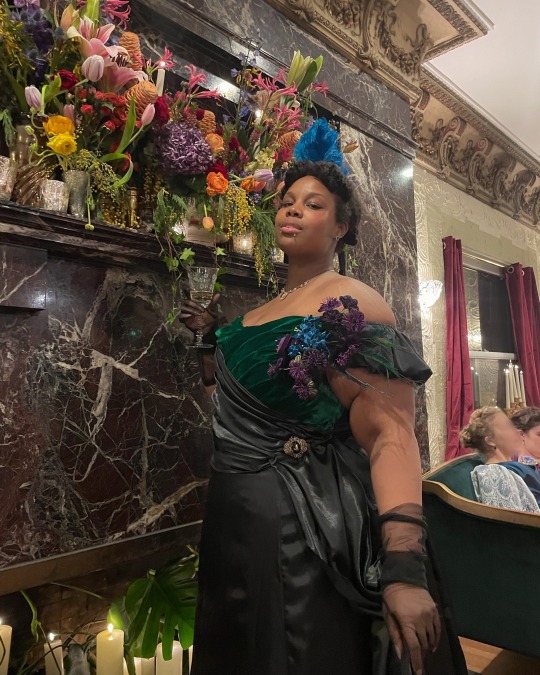
from La Soirée D'orée.
#1890s fashion#1890s#antique aesthetic#historical fashion#historical costume#poc dark academia#antique academia#late victorian fashion#black dark academia#victorian mansion#dark academia#fashion history#mignonne#2023#ball gown#worth Gown#Victorian gown#black
2K notes
·
View notes
Text
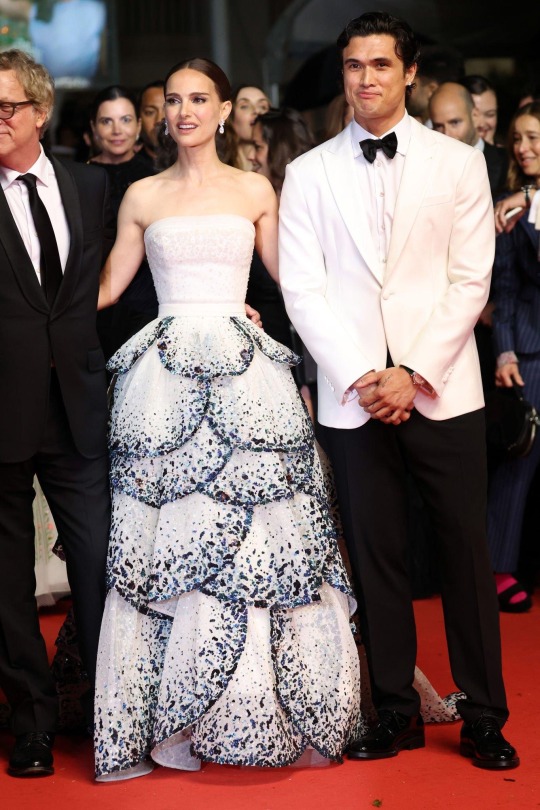


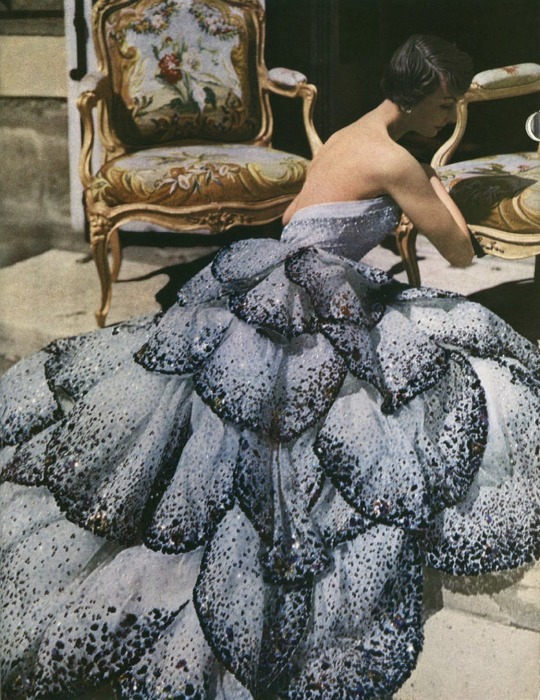
Natalie Portman wearing a replica of the iconic ‘Junon’ dress from Dior FW49 at the 2023 Cannes Film Festival
#natalie portman#Dior#christian dior#cannes#cannes film festival#cannes 2023#junon dress#fashion#couture#fashion history#Star Wars#black swan#Thor#the other boleyn girl#mine
1K notes
·
View notes
Photo
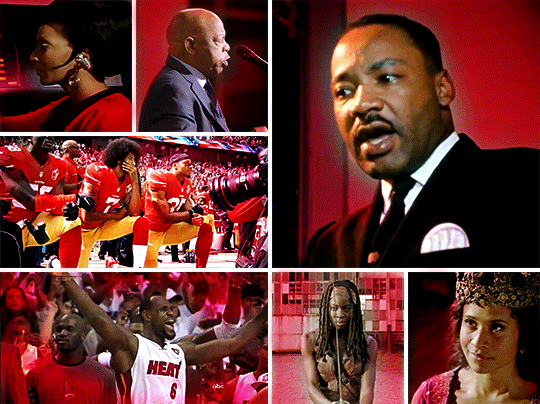
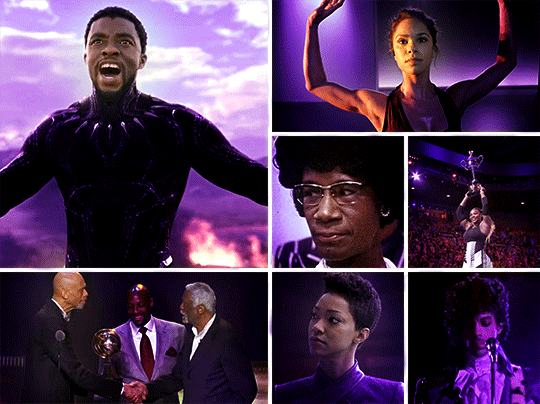
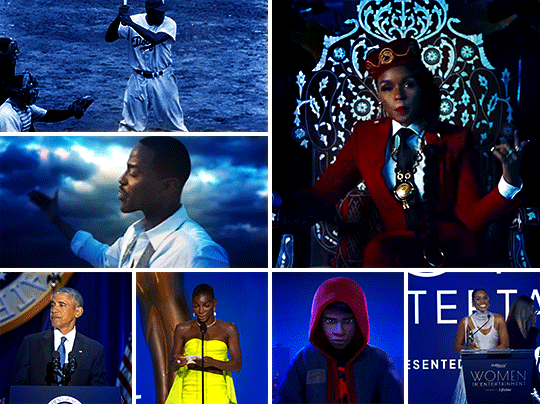
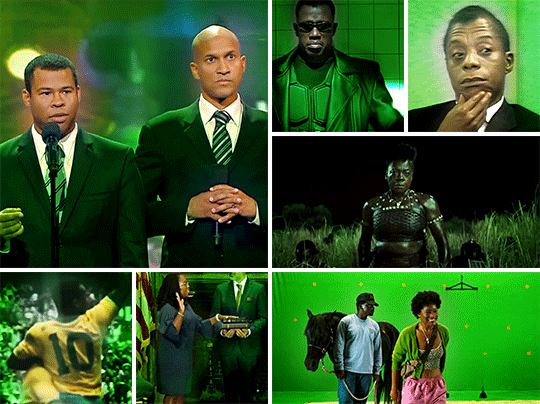
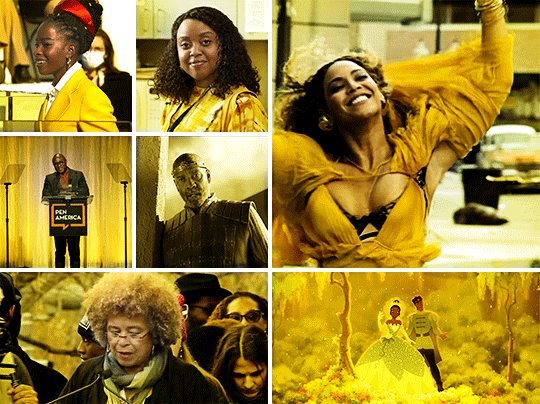
Happy Black History Month!
#black history month#black history#bhm2023#black history month 2023#beyonce#black panther#jordan peele#janelle monae#martin luther king jr#chadwick boseman#represenation matters#civil rights movement#black lives matter#tried to make this one more about actual people than fictional characters#add more if you want!#my graphics
2K notes
·
View notes
Text
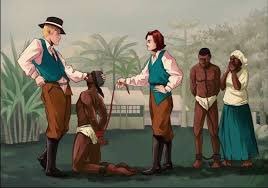
Buck Breaking—The Use of Sexual Violence Against Enslaved Men as Punishment for Wrongdoing. Reports suggest the massive popularity of the practice of buck breaking may have been utilized as an outlet for homosexual slaveowners to act out their sexual desires on men, without attracting the stigma associated with being gay.
This is why there’s people who want to ban books that teach children black history because they don’t want you to know about the evils that their ancestors had done to black folks they enslaved
#Black history#african american#civil rights#black community#juneteenth#black history 365#black history matters#african american history#black history is world history#black history is american history#black history 2023#black history month#heartbreaking 💔#black lives matter#important#tw: discrimination#true crime#topic: discrimination#tw: oppression#youtube#topic: oppression#blm#blue lives don't matter#blue lives dont exist#black lives movement#black lives have always mattered#black lives are important#black lives fucking matter#blue lives matter#stop police brutality
0 notes
Photo


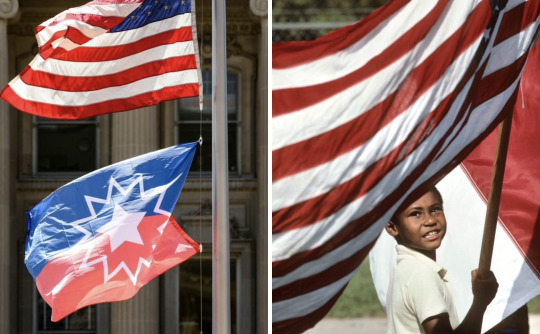


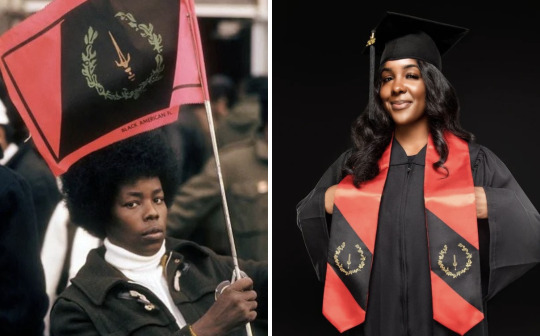
Juneteenth is a Black American holiday.
We call Juneteenth many things: Black Independence Day, Freedom Day, Emancipation Day, Jubilee Day. We celebrate and honor our ancestors.
December 31 is recognized as Watch Night or Freedom’s Eve in Black American churches because it marks the day our enslaved ancestors were awaiting news of their freedom going into 1863. On January 1, 1863, President Lincoln issued the Emancipation Proclamation. But all of the ancestors wouldn’t be freed until June 19, 1865 for those in Galveston, Texas and even January 23, 1866 for those in New Jersey (the last slave state). (It’s also worth noting that our people under the Choctaw and Chickasaw Nations wouldn’t be freed until April 28, 1866 and June 14, 1866 for those under the Cherokee Nation by way of the Treaties.)
Since 1866, Black Americans in Texas have been commemorating the emancipation of our people by way of reading the Emancipation Proclamation and coming together to have parades, free festivities, and later on pageants. Thereafter, it spread to select states as an annual day of commemoration of our people in our homeland.
Here’s a short silent video filmed during the 1925 Juneteenth celebration in Beaumont, Texas:
youtube
(It’s also worth noting that the Mascogos tribe in Coahuila, Mexico celebrate Juneteenth over there as well. Quick history lesson: A total of 305,326 Africans were shipped to the US to be enslaved alongside of American Indians who were already or would become enslaved as prisoners of war, as well as those who stayed behind refusing to leave and walk the Trail of Tears to Oklahoma. In the United States, you were either enslaved under the English territories, the Dutch, the French, the Spanish, or under the Nations of what would called the Five “Civilized” Native American Tribes: Cherokee, Creek (Muscogee), Chickasaw, Choctaw, and Seminoles. Mascogos descend from the Seminoles who escaped slavery during the Seminole Wars, or the Gullah Wars that lasted for more than 100 years if you will, and then settled at El Nacimiento in 1852.)
We largely wave our red, white and blue flags on Juneteenth. These are the only colors that represent Juneteenth. But sometimes you may see others wave our Black American Heritage flag (red, black, and gold).
Juneteenth is a day of respect. It has nothing to do with Africa, diversity, inclusion, immigration, your Pan-African flag, your cashapps, nor your commerce businesses. It is not a day of “what about” isms. It is not a day to tap into your inner colonizer and attempt to wipe out our existence. That is ethnocide and anti-Black American. If you can’t attend a Black American (centered) event that’s filled with education on the day, our music, our food and other centered activities because it’s not centered around yours…that is a you problem. Respect our day for what and whom it stands for in our homeland.
Juneteenth flag creator: “Boston Ben” Haith
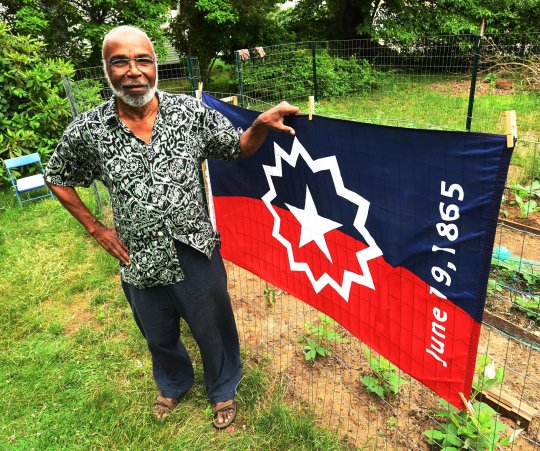
It was created in 1997. The red, white and blue colors represent the American flag. The five-point star represents the Lone State (Texas). The white burst around the star represents a nova, the beginning of a new star. The new beginning for Black Americans.
Black American Heritage Flag creators: Melvin Charles & Gleason T. Jackson

It was created in 1967, our Civil Rights era. The color black represents the ethnic pride for who we are. Red represents the blood shed for freedom, equality, justice and human dignity. Gold fig wreath represents intellect, prosperity, and peace. The sword represents the strength and authority exhibited by a Black culture that made many contributions to the world in mathematics, art, medicine, and physical science, heralding the contributions that Black Americans would make in these and other fields.

SN: While we’re talking about flags, I should note that Grace Wisher, a 13-year-old free Black girl from Baltimore helped stitched the Star Spangled flag, which would inspire the national anthem during her six years of service to Mary Pickersgill. I ain’t even gon hold you. I never looked too far into it, but she prob sewed that whole American flag her damn self. They love lying about history here until you start unearthing them old documents.
In conclusion, Juneteenth is a Black American holiday. Respect us and our ancestors.
#juneteenth#juneteenth flag#black american history#black american culture#ben haith#black american heritage flag#melvin charles#gleason t jackson#grace wisher#american flag#mascogos#juneteenth 2023
1K notes
·
View notes